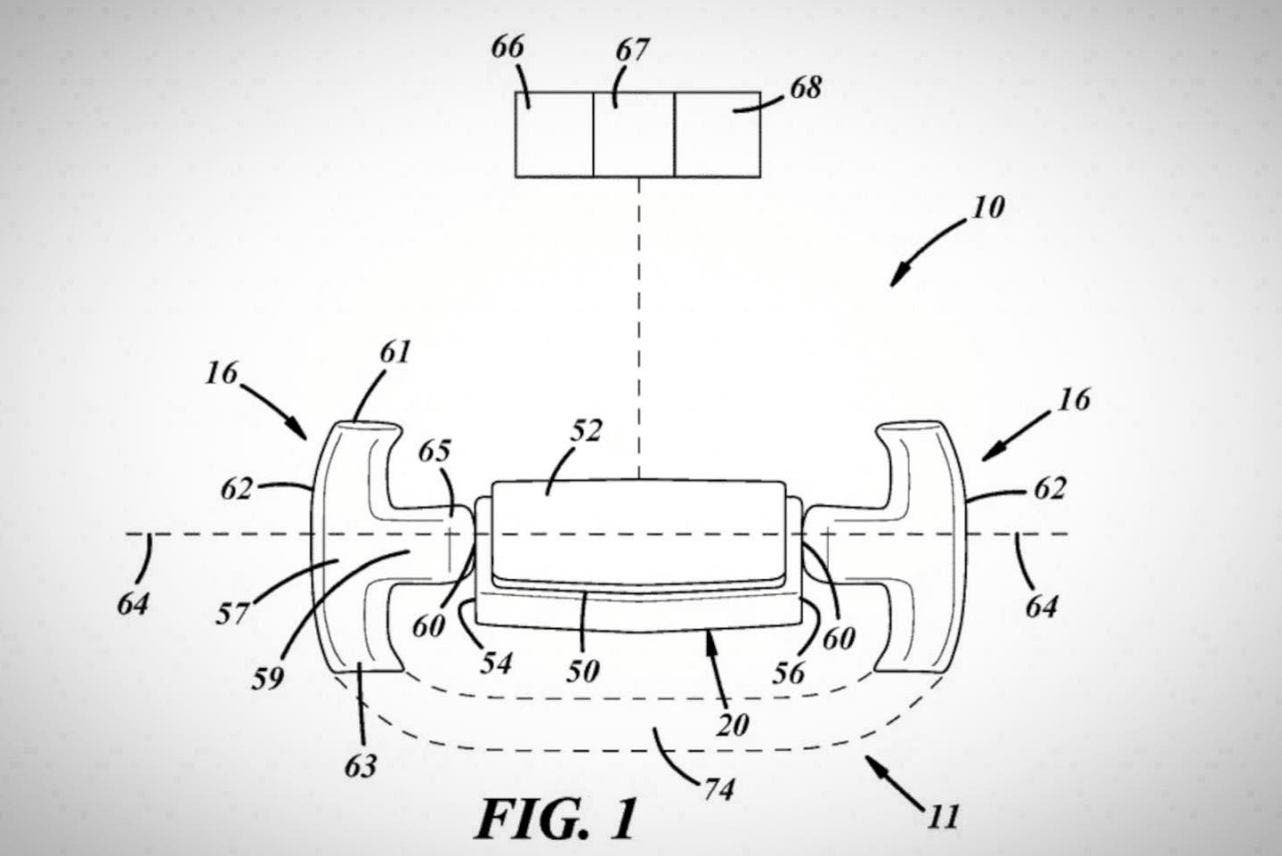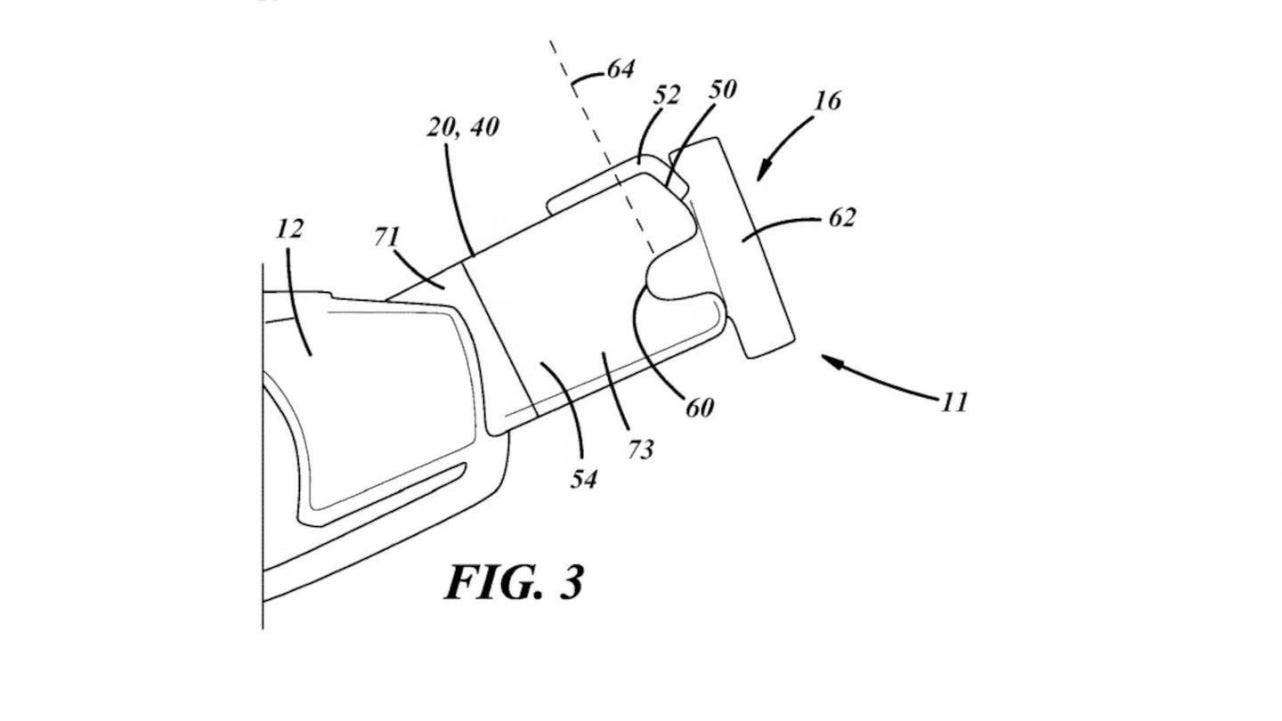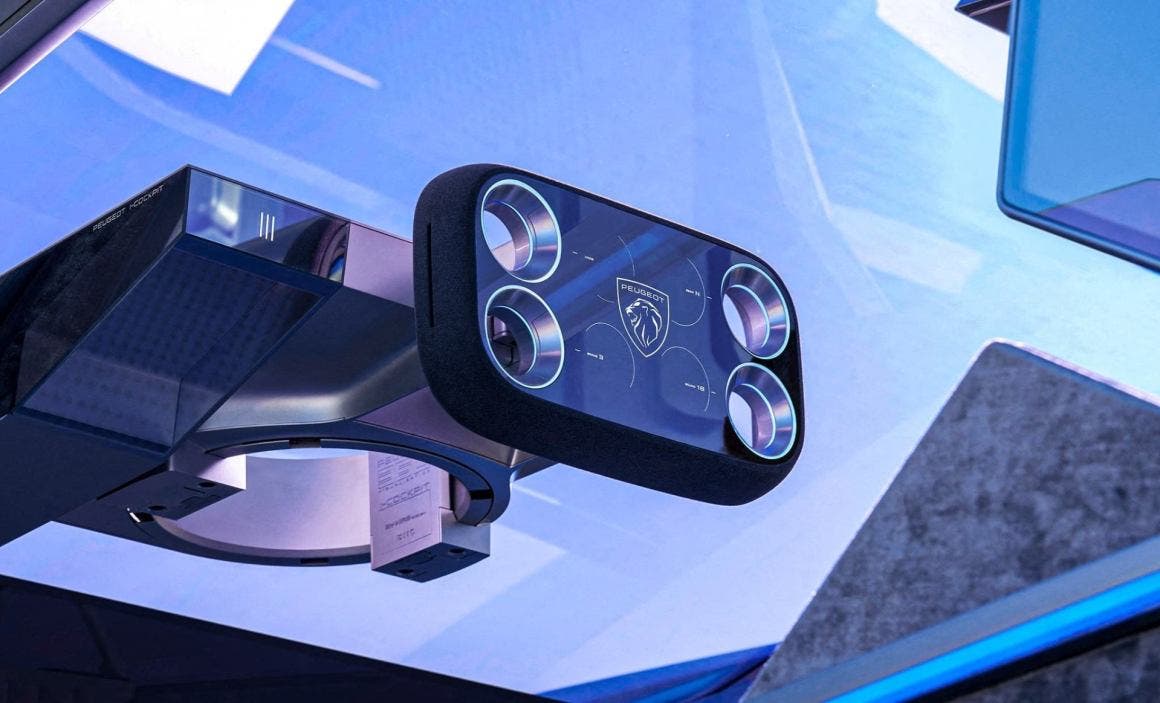Stellantis has filed a patent for what appears to be a new type of yoke steering wheel, similar to an approach launched by Tesla and Lexus. However, the project proposed by Stellantis would completely eliminate the need to use pedals for vehicle control, thus saying goodbye to brake and accelerator pedals.
The patent filed by Stellantis appears to be a complete solution for managing vehicles of the future, although it does not represent a solution envisioned by today’s motorists, who have hardly thought, until now, of a similar proposal for managing their vehicle. Specifically, the system allows continued normal steering by rotating the yoke right or left, but also includes the possibility of braking by pulling the yoke towards the driver or accelerating by pushing it. Consequently, there is no need to use the classic pedals for driving management. The system thus works by acting on a three-dimensional space, in the same way as a pilot at the controls of an airplane. It thus exploits the same characteristic movements adopted in aeronautics.
Stellantis’ proposal looks to a future more interested in autonomous driving

As has already happened in the case of other similar hypotheses, the premise at the center of the yoke proposed by Stellantis is based on the fact that in the near future, the automotive industry will unlock the ability to offer fully autonomous cars in which traditional controls will not always be necessary. When none of the occupants has material control of the car, the steering wheel would fold and be introduced into the dashboard. However, what makes Stellantis’ patent unique is that this yoke would control both steering and accelerator inputs, which would exclude the need for pedals.
A system similar to Stellantis’ would not be physically connected to a traditional steering column, but would use steer-by-wire technology like that already seen in the Tesla Cybertruck. It will probably take time to get used to driving a car in this new way, and we imagine that semi-autonomous driving assistance systems, such as automatic emergency braking, may need to remain active for this to be as safe a system as possible. It’s also worth noting that when a vehicle slows down, inertia could cause the driver to push the yoke slightly forward, mitigating the pressure of the braking system.

However, it seems easily conceivable that Stellantis will perform countless tests to determine the most practical operating system and could easily reverse the polarity of the design to make braking occur when pushing and acceleration occur when pulling the yoke towards oneself, a bit like when an airplane pilot pulls the yoke to take off. It’s also worth noting that, although Stellantis claims the airbag can still be safely deployed using this new steering system, an additional airbag may be needed to maintain occupant safety when the steering system is retracted into the dashboard. It should also be remembered that filing a patent does not mean introducing solutions as soon as possible; rather, it is meant to be a warning about the capabilities of a specific manufacturer, or other, with in this case Stellantis holding the rights to the designed technology exposed in the patent.

